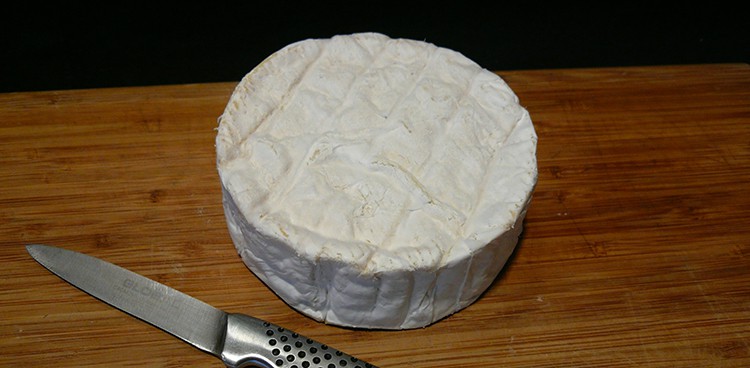
One of France’s most beloved cheeses may be going extinct, according to a recent Bloomberg report.
The article says that just one percent of the 360 million wheels of Camembert made annually in France is the real deal, and there are only a handful of traditional producers left. Known as Camembert de Normandie, this authentic version haas been protected since 1983 under stringent appelation d’origine protégée (AOP) rules. These dictate how these creamy, semisoft disks must be produced, everything from the milk (the majority of it must come from Normande cows and not heat-treated) to the packaging (wooden boxes). (Check out our feature on AOP Camembert de Normandie producer E. Graindorge to learn more about this process.) Given the firmly set criteria, larger producers who opt to use pasteurized milk (a cheaper option) can’t get the AOP seal of approval for their cheeses. They’re still allowed to call their cheese “Camembert,” though.
According to The Oxford Companion to Cheese, statistics from recent years have been showing a gradual decline in AOP Camembert de Normandie production. Between 2006 and 2008, annual production averaged nearly 13 metric tons. Compare that to 2009-2011, when average yearly output was just about a third of that, at approximately 4.5 metric tons. As of 2014, just nine dairies produced AOP Camembert de Normandie, and Bloomberg’s report notes that only three of them are farmstead.
Here in the States, AOP Camembert de Normandie is illegal, due to the FDA’s 60-day-aging regulation for raw-milk cheeses; the Camembert readily available here is made with pasteurized milk. If sampling the authentic stuff is on your bucket list, you might want to book that trip to France sooner rather than later.



